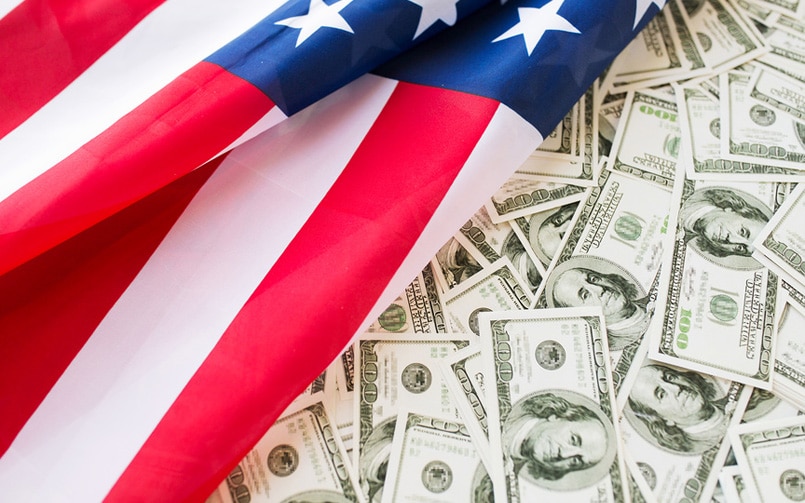Donald Trump’s economic negotiating tactics – especially during his 2017–2021 presidency – have been characterized by protectionism, an “America First” slogan, and the use of tariffs as a strategic tool to force concessions from trading partners. Here is a breakdown by major partners:
🔶 1. China: Large-scale “Trade War”
- Tactics: Trump imposed tariffs on hundreds of billions of dollars’ worth of Chinese goods to force Beijing to change its policies on industrial subsidies, intellectual property theft, and the significant trade deficit with the U.S.
- Outcome: The peak tensions occurred between 2018 and 2019. China retaliated with tariffs on U.S. goods. The conflict concluded with the “Phase One” trade agreement in 2020, but many of China’s commitments were not fully met.
- Impact: Both economies suffered losses, particularly U.S. farmers and small businesses.
🔶 2. Japan: More Successful Negotiations
- Tactics: Threatening tariffs on automobiles, Trump pressured Japan into a bilateral trade agreement, with commitments to import more U.S. agricultural products.
- Outcome: In 2019, both sides reached an agreement. Japan agreed to reduce tariffs on agricultural imports, and in return, the U.S. refrained from imposing car tariffs.
- Assessment: A mild win-win situation, with less tension compared to China. The U.S. did not achieve a comprehensive FTA as initially desired.
🔶 3. EU: Continuous Pressure but Limited Breakthroughs
- Tactics: Threatening tariffs on European cars and using the Boeing-Airbus WTO dispute to impose retaliatory tariffs.
- Outcome: The EU largely maintained a firm stance. Negotiations progressed slowly, without a comprehensive agreement.
- Assessment: Trump did not secure significant concessions from the EU. High pressure but limited long-term effectiveness.
🔶 4. Canada and Mexico: Renegotiating NAFTA into USMCA
- Tactics: Threatening to withdraw from NAFTA and imposing steel and aluminum tariffs to apply pressure.
- Outcome: Both countries agreed to sign the USMCA, which included provisions more favorable to U.S. labor, especially in the automotive sector.
- Assessment: One of Trump’s clearer negotiation successes. However, it was more of an improvement on NAFTA rather than an entirely new agreement.
🔶 5. South Korea: Swift FTA Renegotiation
- Tactics: Threatening to withdraw from the KORUS FTA, pressuring South Korea to reduce the trade deficit and open up the automotive sector.
- Outcome: Both sides quickly signed a revised FTA in 2018, with South Korea making some concessions.
- Assessment: A minor victory for Trump, with minimal political cost.
🔶 6. Southeast Asia: Indirect Impact
- Tactics: No direct pressure like with China, but Trump’s policies created opportunities for supply chain shifts to Southeast Asia.
- Outcome: Countries like Vietnam, Thailand, and Indonesia benefited as companies moved operations from China to avoid U.S. tariffs.
- However: Trump did criticize Vietnam in 2019 as “the worst abuser” in trade, but no significant tariffs were imposed.
🔻 Is Trump Currently at a Disadvantage (as of 2025)?
🔹 Long-term Effectiveness of Tariff Strategies:
- Negative Impacts: Increased costs for U.S. businesses, losses for farmers, and failure to reduce the trade deficit as intended.
- Lack of Sustainable Reforms: China did not fundamentally change its economic structure; the EU maintained its stance; many agreements were temporary.
- Supply Chain Shifts: Some success in prompting shifts, but not due to a proactive or well-planned policy.
🔹 Current Context (2025):
- Campaign Criticisms: Some of Trump’s previous policies are criticized for causing inflation and supply chain instability.
- Global Responses: Countries like China are increasingly seeking to “de-Americanize” supply chains, reducing U.S. influence.
- Global Events: Events like wars and post-COVID global supply chain issues have weakened the effectiveness of tariffs as a negotiation tool.
✅ Conclusion:
Trump’s tariff strategy was coercive, direct, and unconventional, leading to some tactical successes (like USMCA) but lacking long-term strategic effectiveness and causing negative side effects on the U.S. economy. Currently, in the global and domestic political context, Trump no longer holds a clear advantage in international trade. Reapplying old strategies may face stronger backlash from both partners and U.S. businesses.


ARTICLES IN THE SAME CATEGORY
BILLIONAIRE DROPOUTS. A POLISHED MYTH AND A SWEET DECEPTION FOR THOSE WITHOUT PRIVILEGE
Why Does War Always Erupt in Human Society?
THE JOURNEY OF LIBERATION AND THE PARADOX OF LETTING GO OF GREED, ANGER, AND IGNORANCE
Religious Faith: Good, Evil, and the Journey from Enlightenment to Fanaticism
What to Note about “Apocalypse,” “Degenerate Dharma,” and Prophetic Culture
TODAY’S CHARITY: THE BRIGHT SIDE, THE DARK SIDE, AND THE ROOT CAUSES.
ARTICLES IN THE SAME GENRE